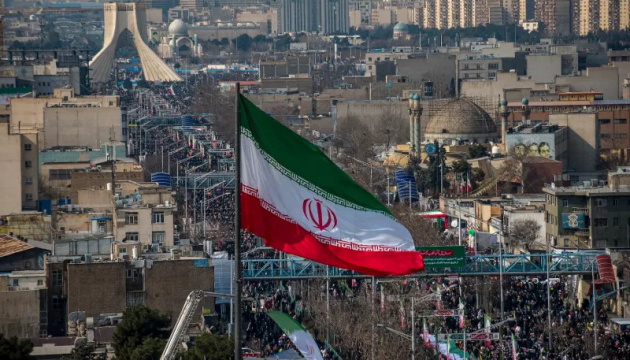Iran’s Economy Balancing on the Edge: GDP Stagnation, Currency Crisis, and Energy Shortages
10/23/2025

Tehran is facing its deepest socio-economic crisis in recent years. In 2025, GDP growth will be only 0.3 %, which effectively means stagnation. The main factor behind the decline was a sharp reduction in oil exports amid tightening international sanctions.
By the end of the year, compared to 2024, Iran’s exports of goods and services will decline by 16 %, and imports – by 10 %. This limits the country’s access to critical technologies and equipment, exacerbating structural problems in the economy.
Inflation rates exceed 40 %, leading to rapid growth in food and energy prices. Local protests against high tariffs and unemployment in large cities are creating additional risks to political stability.
Iran’s national debt has reached 40 % of GDP. To close the 2025 budget deficit, the country needs to either significantly increase oil exports or sell oil at around $163 per barrel – a level that seems unlikely in the global market.
On the black market in the autumn, the exchange rate exceeded one million rials for one US dollar, setting a new negative record. In response, the country’s parliament passed a monetary reform: one new rial will be equal to 10,000 old ones, and the kiran (1/100 of a rial) will become an additional unit of exchange.
The most acute situation is in infrastructure. In 2025–2026, the electricity deficit is estimated at 25,000 megawatts. Production is not keeping pace with consumption growth due to sanctions, worn-out equipment, and ineffective management. The summer brought another blow: due to drought, 30 out of 31 provinces, including the capital, experienced water supply disruptions.
Iran is entering 2026 with extremely limited room for maneuver. Without access to external markets and large-scale investment, the country risks remaining trapped in low growth, high inflation, and infrastructure failures. Growing social tensions could become a key factor in political destabilization.
